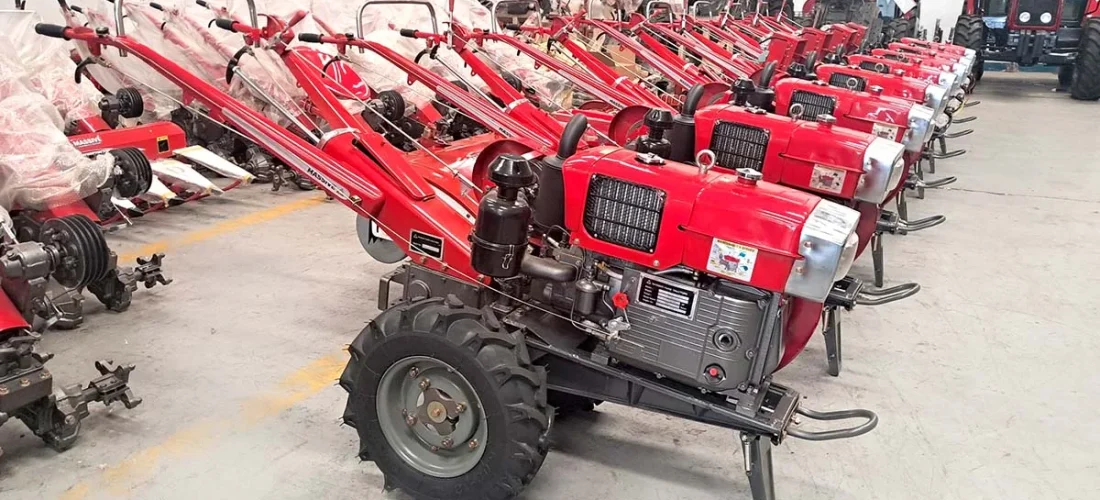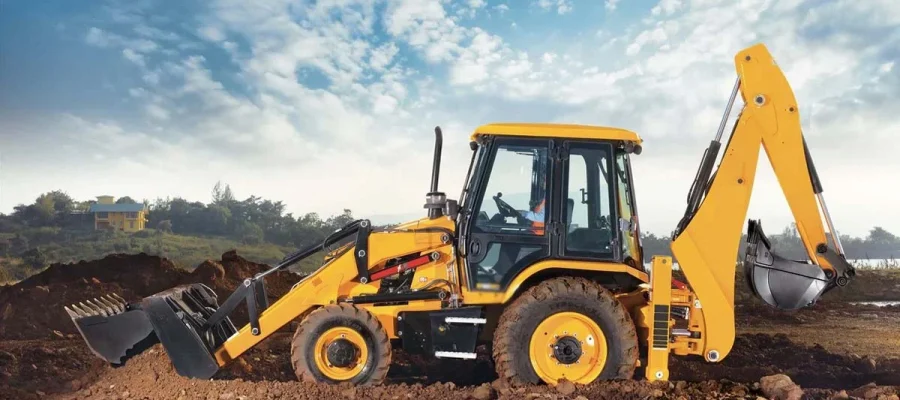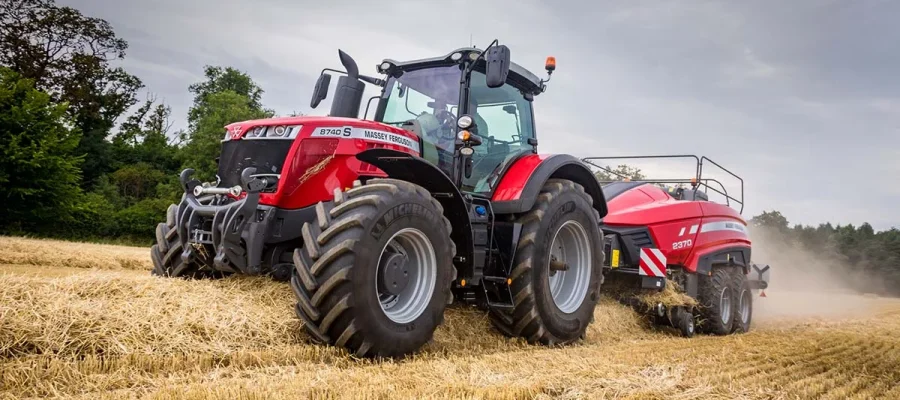
Farming is the backbone of Ghana’s economy, supporting nearly half of the nation’s population. Yet, many smallholder farmers still rely on traditional farming methods, which limit productivity and make farming labor-intensive. Enter the walking tractor, a game-changing innovation that is transforming agriculture in Ghana. Compact, affordable, and versatile, these machines are helping Ghanaian farmers boost efficiency, increase yields, and adopt sustainable practices.
Whether you are a smallholder farmer looking to scale operations or an agriculture enthusiast tracking the latest innovations, this post will guide you through how walking tractors are modernizing farming in Ghana and where you can find reliable models to kickstart your agricultural revolution.
What are Walking Tractors?
Walking tractors, also known as two-wheel tractors or power tillers, are compact and maneuverable machines designed to perform various agricultural tasks. Unlike conventional four-wheel tractors, walking tractors are operated by walking behind the machine rather than riding it. Despite their smaller size, they pack a punch, offering features such as ploughing, harrowing, seeding, and even irrigation.
Here’s what makes walking tractors so practical for Ghanaian farmers:
- Affordability: They cost significantly less than larger tractors, making them an accessible investment for small-scale farms.
- Adaptability: Walking tractors are equipped to work on different terrains, including Ghana’s diverse soil types.
- Low Maintenance: Their simple design makes them relatively easy and cheap to maintain, ideal for regions with scarce resources.
Why the Shift Towards Walking Tractors?
Addressing Labour Challenges
Farming in Ghana is labor-intensive. Many farmers rely on manual labor for ploughing and seeding, which is time-consuming and physically demanding. Adding to the challenge is the aging farming population. Younger generations are often drawn to cities, leaving a shortage of farm workers in rural areas.
Walking tractors bridge this gap by automating repetitive tasks. With a walking tractor, a farmer can cultivate larger plots of land in a fraction of the time, reducing the need for extensive manual labor.
Increasing Farm Productivity
Mechanization has long been acknowledged as a key driver for improving agricultural productivity. Walking tractors allow for quicker land preparation and more efficient seeding and harvesting. With these tools, smallholder farmers in regions like the Brong-Ahafo or Northern Ghana now have the opportunity to plant and cultivate more acreage, ultimately increasing overall yields.
Versatility for Small-Scale Farms
While large four-wheel tractors are more suited for big commercial farms, they are often impractical for Ghana’s smallholders who farm on smaller plots of land. Walking tractors offer a middle ground, easily fitting into tight spaces while delivering a variety of functions, from tilling to planting and even water pumping during drought seasons. Their compact size also makes them ideal for navigating the narrow, uneven paths often found in rural Ghana.
Key Features Farmers Look for in Walking Tractors
When considering a walking tractor for your farm in Ghana, here are some essential features to look out for:
- Engine Power: Choose a model with sufficient horsepower (usually between 8-15HP) to handle your specific tasks and terrain.
- Durability: Look for tractors made from sturdy materials that can withstand Ghana’s tropical climate.
- Multi-Functionality: Versatile attachments like ploughs, harrows, seeders, and trailers add tremendous value.
- Ease of Use: Machines that are easy to operate ensure minimal training time for farmers.
- Fuel Efficiency: Diesel engines are often preferred due to their durability and lower operational costs.
- Local Support: Ensure the supplier provides aftersales support, spare parts, and servicing within Ghana.
Benefits of Walking Tractors for Ghanaian Farmers
Cost-Effective Mechanisation
For smallholder farmers who cannot afford larger machinery, walking tractors provide an affordable pathway to mechanization. The cost savings are amplified when you factor in the reduced labor costs and increased productivity.
Environmental Sustainability
Walking tractors consume less fuel compared to larger tractors, leading to lower carbon emissions. They also facilitate practices such as precision farming and minimal tillage, which help maintain soil health.
Empowering Rural Women Farmers
Women form a significant portion of Ghana’s agricultural workforce, particularly in rural areas. The simple, easy-to-operate design of walking tractors makes it easier for more women farmers to access and use these machines, promoting gender inclusivity in agriculture.
Supporting Food Security
By increasing production capacity and efficiency, walking tractors help farmers produce more food, contributing to Ghana’s greater goal of achieving food security.
Shopping for Walking Tractors in Ghana
If you’re ready to take the leap and invest in a walking tractor, Tractor Corner Ghana is your go-to destination. With a wide range of models offered at competitive prices, they aim to make agricultural mechanization accessible to Ghanaian farmers. Tractor Corner Ghana also provides:
- High-quality, durable farm tractors suited to Ghana’s farming conditions
- A variety of tractor attachments for different agricultural tasks
- Expert advice to help you choose the right tractor for your needs
- Reliable after-sales support, including servicing and spare parts
You can browse their available models and get started by visiting Tractor Corner Ghana today.


